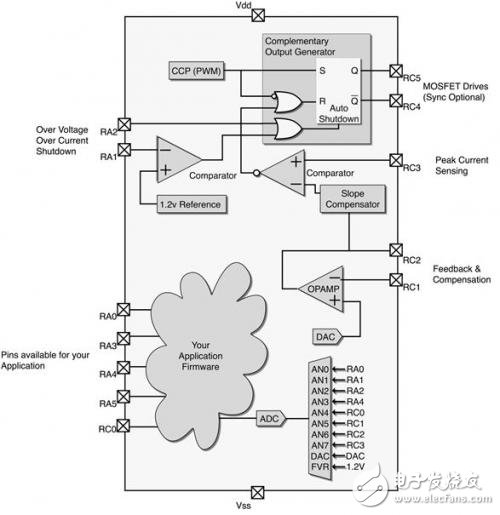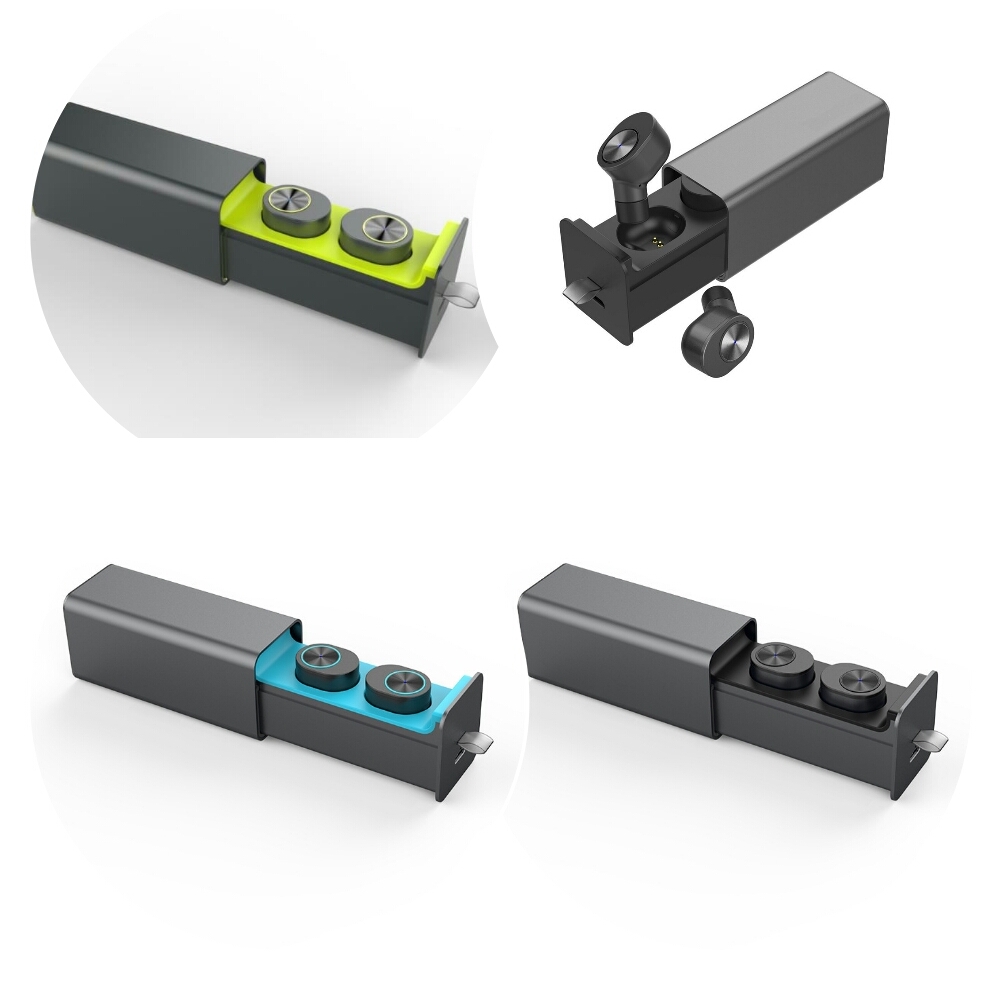Intelligently controlled power supply There are many power supply applications in the world, most of which require only a clean current source or voltage source to complete the work. In these applications, more and more applications need to adjust the voltage or current through some intelligent algorithm to improve performance, reduce power consumption or achieve some new functions, so that the product is more competitive in the market. Some of these applications include: 1) Maximum power point tracking for solar systems or energy harvesting. 2) Battery charging, especially some more exotic chemicals. 3) LED lighting with dimming or daylight harvesting. 4) Fault tolerance through the backup power system. In each application, a microcontroller is added to perform some level of intelligent algorithms to manage power more efficiently. Other power systems only need intelligence to interact with people or other systems. These systems include SMbus power components on PC motherboards, LIN-based lighting systems in automobiles, or Ethernet management power boards in large buildings. Simply add communication to an existing product to increase the usability and value of the product to several levels or levels. Traditional smart power Many smart power systems use a "brute force" approach that simply adds an MCU to an existing power system. The risk is low because existing systems can perform tasks and are fully understood. The new part is just intelligence. In this process, sensing circuits are typically added for voltage, current, temperature, and other parameters such as the duty cycle or frequency of an existing power supply. In addition, other circuits may be required to control the functionality of existing power sources, such as enable and voltage settings. Many SMPS ASICs have passed I/O pins or I2C? The connection implements the necessary control inputs. And there are many general purpose MCUs (such as the PIC16F1939) that interact with these ASICs and provide interfaces, commands, and controls that improve power functionality. Once connected and verified, additional features can be quickly developed using standard development tools such as MPLAB X IDE and PICkit 3. Often, this approach does not require the software development team to be fully versed in the SMPS design because the SMPS team will separately verify this part of the system. Digital power supply To save costs, developers have a strong desire to fully integrate SMPS and MCUs. A very efficient method is to use a high-performance MCU with a fast sampling ADC. This type of device enables a software-controlled, all-digital feedback system. If the performance is high enough, an extremely complex feedback algorithm can be implemented in the software, which makes the hardware very simple. This method is very attractive, but there are a few things to consider. 1) When the ADC and algorithm must be included in the troubleshooting, the traditional cut/jump debugging method is no longer effective. 2) The software team must understand the performance and mathematical requirements of the SMPS compensation. Sometimes very small code changes can have a significant impact on stability. 3) The power requirements of the controller increase with the increase of MIPS, so the algorithm with large calculation will affect the system efficiency. If these limitations are not a problem in the system, then you can use the software to achieve something quite amazing. Hybrid smart power There is a hybrid approach between the "brute force" approach and the all-digital approach. This approach combines a mixed-signal controller with the necessary analog feedback peripherals with the necessary MCU functionality in a single integrated circuit. One such representative device is the PIC16F753. The PIC16F753 integrates an op amp (op amp), slope compensator, DAC, comparator, and pulse width modulation (PWM) controller in a single 14-pin microcontroller. Each of these peripherals is programmable and they can be combined in various ways to create a large number of current mode power supplies. Because these peripherals can be configured in software, the configuration can be dynamically changed to accommodate various power conditions. For example, when the toy is on standby, it is more appropriate to operate the power supply in the toy as a hysteresis controller with a simple firmware feedforward regulator. When the toy is activated, the power supply can be quickly reconfigured to a continuous current mode at different operating frequencies, ready to perform the action. Since the entire power supply is controlled inside the MCU's peripherals, all required sensing circuits are part of the SMPS, not added later in the design life cycle. This makes it possible to simplify the design and reduce the number of components. Firmware can also benefit from the additional visibility of power behavior without the need to add new components. The design process of the power supply is almost the same as the traditional method. Proceed as follows: 1) Determine the power topology 2) Create power and calculate component values 3) Configure internal peripherals (20 lines of code) 4) Verify performance and adjust the compensation network. 5) Write communication and intelligent interface code. Step 5 does not require detailed power knowledge to complete, as the peripheral configuration will be set and verified by the power engineering team. designing process â— Determine the power topology â— Create models and calculate component values â— Configure the power supply's microcontroller peripherals â—Adjust the analog feedback loop â— Write communication and smart code General configuration Most of the power supplies created with the PIC16F753 have made minor changes based on the general SMPS configuration. This configuration is as follows.
Wireless In Ear Earphone Tws Earbuds /Wireless Earbuds
Product Description
Features:
1, True wireless stereo: realizes movement and wireless control and everyone can share music without wrie
2, Comfortable and convenient: Earplug made of food-grade silica gel material in combinalion with the design to avoid falling off, which makes you comfortable and relieved,also the Earbuds can be Dual or Single use.
Specification Tws Earbuds,Fully Wireless Earbuds,Wireless In Ear Headphones ,Mini Wireless Earbuds Shenzhen Greater Industry Co., Ltd. , https://www.szgreater.net
Bluetooth Version: Bluetooth 4.2+EDR
Voice prompt for calling number
Voice prompt for power and or off
Supports :A2DP1.3/HFP1.6/HSP1.2/AVRCP1.6/DI1.3
Adopt the advanced CVC6.0 active noise-cancellation
Built-in superior HD microphone, provide clear and loud sound
Selectable colors: black,,blue and Green